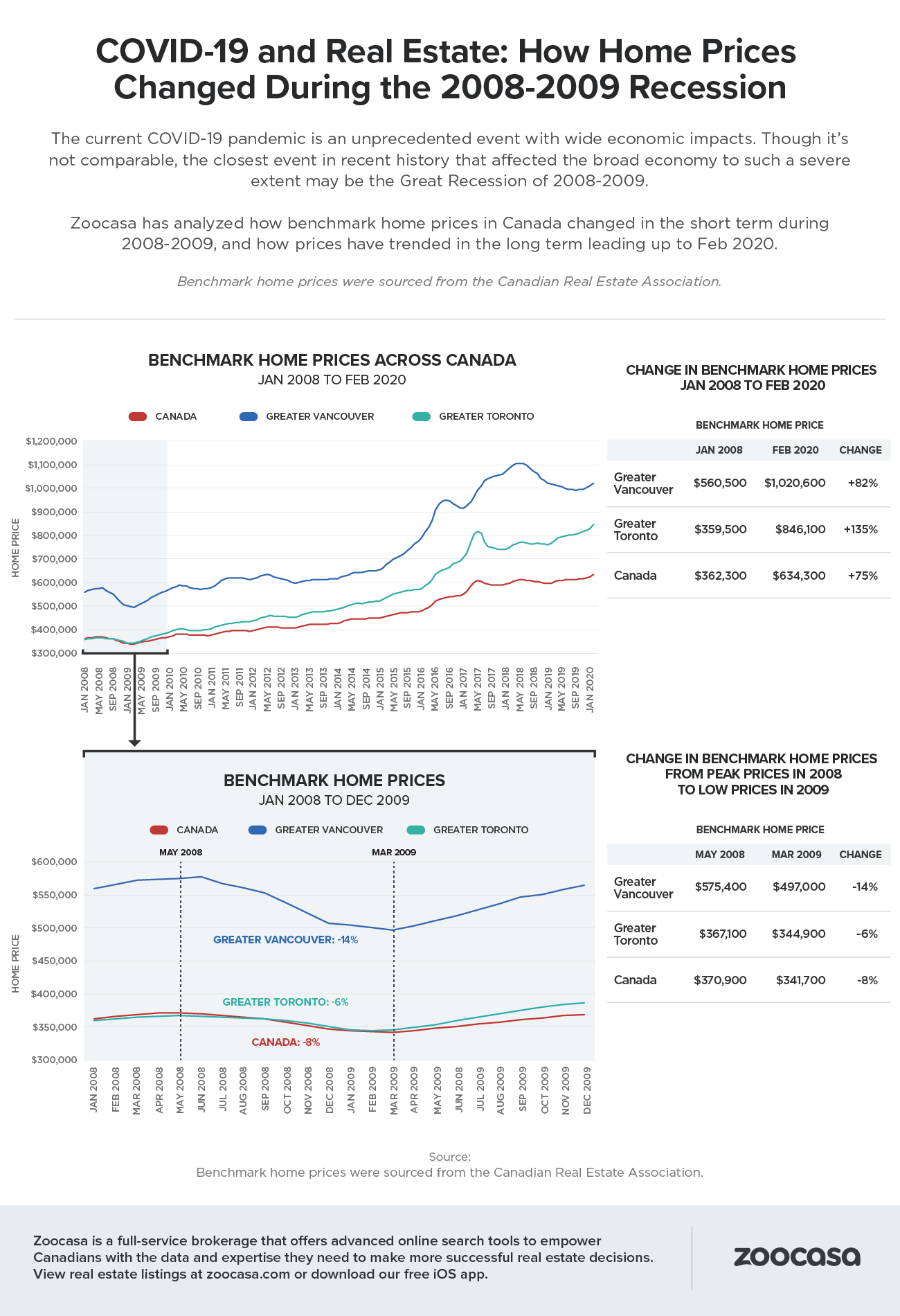
The last two weeks have ushered in a time of financial and public health uncertainty that’s unprecedented for many Canadians. As governments enact measures to keep the public safe from COVID-19 community spread, with the closing of schools, small businesses, and other non-essential services, many are questioning what the economic impact will be for all, from individuals to entire industries.
While we all do our part to “flatten the curve” by working remotely if possible, avoiding gathering in public, and going out only on a need-to basis, businesses that require an in-person approach are having to make drastic changes to continue to operate – and that includes the real estate industry.
The home buying and selling process typically requires a personal connection between real estate agents and their clients; from the first in-person meeting to discuss their needs, to the viewing of open houses and delivery of deposit funds, real estate transactions are typically hands on.
However, while real estate brokerages and agent services have been considered “essential services” in some provinces including Ontario, the strong recommendation from municipal and provincial real estate bodies is to stop operations altogether in order to comply with best social distancing practices. This comes after a call last week to cancel all open houses, and make all showings virtual, to be conducted on an only as-needed basis. As well, it has been strongly discouraged to show homes that are currently tenanted.
The bottom line is, as long as these health risks are present, it’s widely expected that anyone without an urgent need to buy or sell a home will put their real estate ambitions on hold for the time being. That bodes a lot of questions for the market in general; what will be the immediate impact? When the threat of COVID-19 dissipates, will prospective home buyers still be there to pick the market back up?
To get an idea of how COVID-19 could shape the housing market in the short- and long-term, let’s take a look at a similar scenario that led to slower market conditions.
A Look Back at the 2008 – 2009 Recession
Though the circumstances are very different, the closest economic event that’s comparable to the impact of COVID-19 is the 2008 – 2009 global recession, which was spurred by mass defaults in mortgage debt and resulted in similar monetary policy moves from central banks to mitigate the damage, along with bank bailouts and stock market upheaval. While Canada has been lauded for fiscally weathering that recession better than many nations, home prices did see a drop during its deepest crevice, between the springs of 2008 and 2009.
According to analysis by Zoocasa, benchmark real estate prices dipped across the nation during this time period by -8%, from $370,900 to $341,700. The drop was most pronounced in the Greater Vancouver real estate market, which experienced a -14% decline, from $575,400 to $497,000. Losses remained under double-digit percentages for Toronto homes for sale, down -6% from $367,100 to $344,900.
However, as anyone who has been witness to the Canadian housing market over the last decade can attest, these losses were largely contained to the period of economic downturn, with enormous growth seen between January 2008 – February 2020. Canada-wide, home values have surged 75%, from $362,300 to $634,300, while gains were even more pronounced in the largest urban centres. Vancouver home prices rose 82% from $560,500 to today’s searing price tag of $1,020,600, while Toronto home prices were up a whopping 135% from $359,500 to $846,100.

What’s Next for the Market? Reason for Post-COVID Optimism
While it’s impossible to predict just how long COVID-19 will impact the economy, Lauren Haw, Zoocasa’s CEO and Broker of Record, points out that the fundamentals of the housing market, especially in large cities such as Toronto and Vancouver, generally don’t change. “There has long been a lot of pent-up buyer demand in these markets, particularly due to a long-term lack of inventory,” she says. “Combined with continued population growth in these regions, it’s expected that the market will experience a strong bounce back once the health risks have subsided, and buyers return to the market with restored purchasing power.”